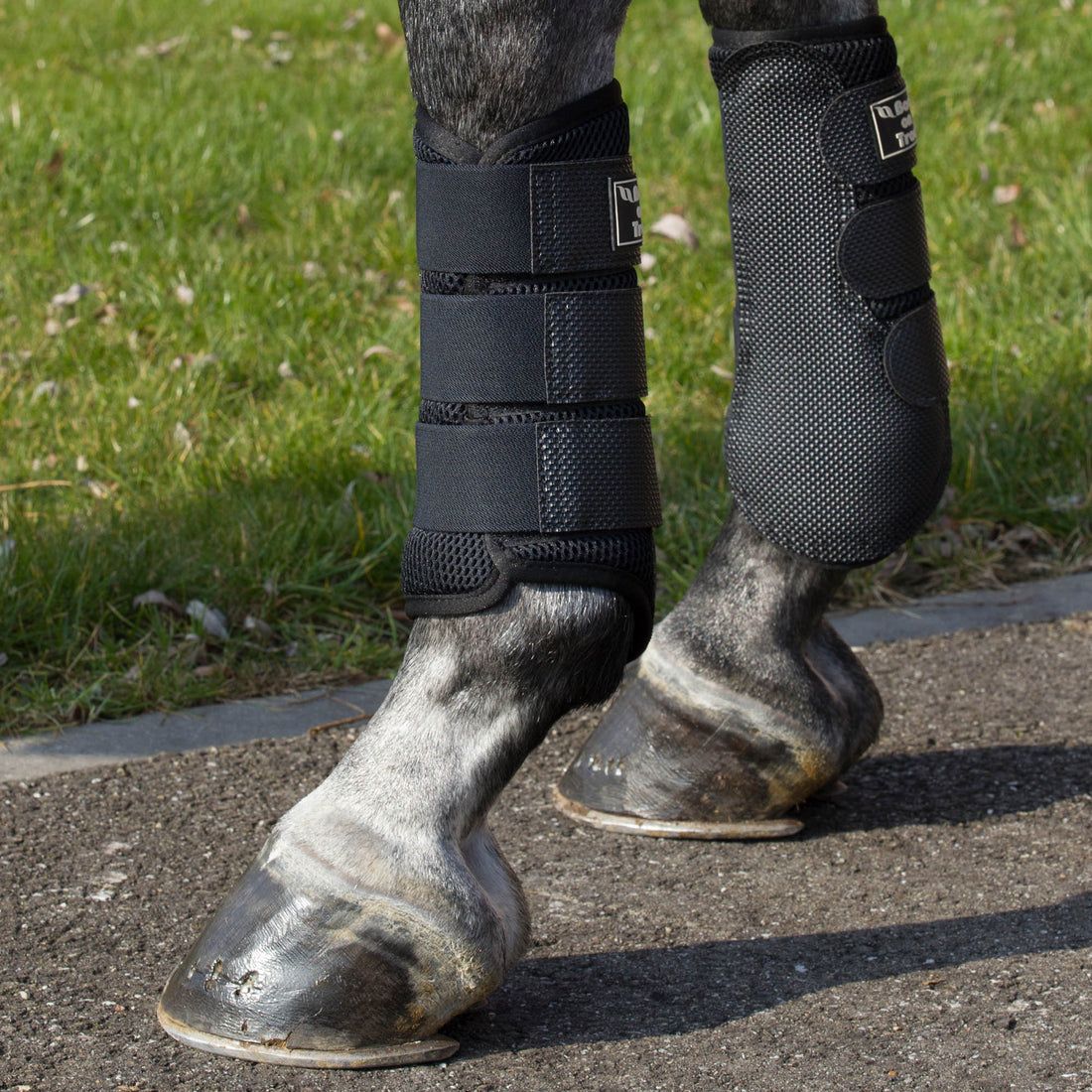
🐴Why it is so important to prevent tendon overheating due to protectors in sports horses
🔥 An invisible enemy: tendon overheating caused by protectors
When we talk about sport horses, we often focus on training, nutrition, or rest. However, there's one aspect that often goes unnoticed and can make the difference between a healthy or injured horse: overheating of the tendons due to protectors .
Tendons, especially the flexors of the forelimbs, are essential for mobility and performance. They are subjected to enormous stress with every step, jump, or turn. But in addition to mechanical stress, there is a thermal factor that can cause silent damage: the heat accumulated during exercise.
💥 What happens when a horse's tendons overheat?
During intense exercise, the internal temperature of the tendons can easily exceed 45°C , especially if the horse is wearing closed pads or non-breathable bandages . This excess heat can damage collagen, the structural protein in tendons, weakening their strength and increasing the risk of injuries such as:
- Tendinitis
- Partial tears
- Complete tears
- Chronic injuries that are difficult to recover from
🔍 The role of protectors in tendon overheating
Many protectors on the market are made of synthetic materials that are not very breathable. On hot days or during intense sessions, they can become a real heat trap , preventing the natural dissipation of body heat. The temperature under the protector can even be higher than that of the rest of the body , directly affecting soft tissues.
🧊 How to prevent tendon overheating from protectors?
Here are some key recommendations:
✅ 1. Use breathable protectors
Choose models designed with technical fabrics, perforated fabrics, or ventilation channels. Prioritize breathability over aesthetic design.
✅ 2. Apply cold after exercise
A cooling routine with cold water , cooling gel or decongestant clays helps lower tendon temperature and prevent inflammation.
✅ 3. Avoid prolonged sessions without breaks
Resting between intense exercises allows the body to regulate its temperature naturally, without the need for external intervention.
✅ 4. Always check the legs after work
Detecting signs such as excessive heat , swelling or sensitivity to touch is key to acting in time.
🌿 Caring for tendons is about prevention, not just cure
Tendon overheating caused by padding isn't visible to the naked eye, but its consequences can be serious and long-lasting. As riders, groomers, and trainers, we must act with knowledge and common sense to preserve our horses' long-term tendon health.
Remember: caring for your tendons doesn't just mean cooling down after exercise. It's about understanding how their physiology works, choosing the right equipment, and anticipating risks before problems arise.
